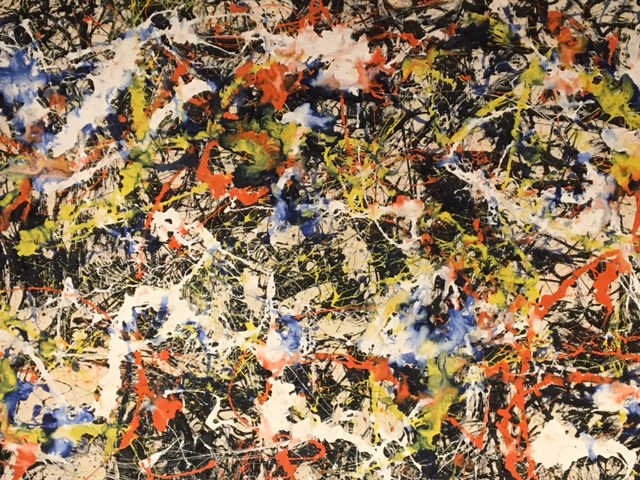Have you ever been to a modern art exhibit and wondered how an artist could become famous for such a simple work as a colorful abstract, or a painting of Campbell Soup cans? I could have done that, we’re tempted to say. The point, however, is that we didn’t. The artist did, however; and now is laughing all his way to the bank.
The same could be said about some of the most elegant scientific experiments. Once you hear of them, you think: “That idea was so simple; I could have designed that experiment!” But of course, only the experimenter thought of the idea and used it to learn something new in the process.
That was my thought when I watched this video on some recent research on Paratrechina longicornis, the black crazy ant (or longhorned crazy ant as they call it in the video). The experiment was designed to learn more about how crazy ants think and problem solve. It used a colony of ants, some tuna fish and Lego® blocks. Check it out and see if you don’t agree that it’s an elegant experiment.
It’s also an example of how someone (say, your child working on a science fair project) can come up with a brilliantly simple experiment with little fancy equipment. Of course there is more to the experiment than playing with Legos. The real genius here is not the experiment itself, but how the experimenters approached problem solving. They first had to know something about their subjects, enough to ask an intelligent question about their behavior. They also (not showed in the video) used some fancy statistics to quantify and analyze their video observations. They also had enough background in ant behavior to understand the results: namely understanding that ants are not brilliant thinkers so much as practical little beings with a plan A and plan B on getting food resources to a nest. And smart enough to know when to give up!
Gee, I wish I had thought of that.
